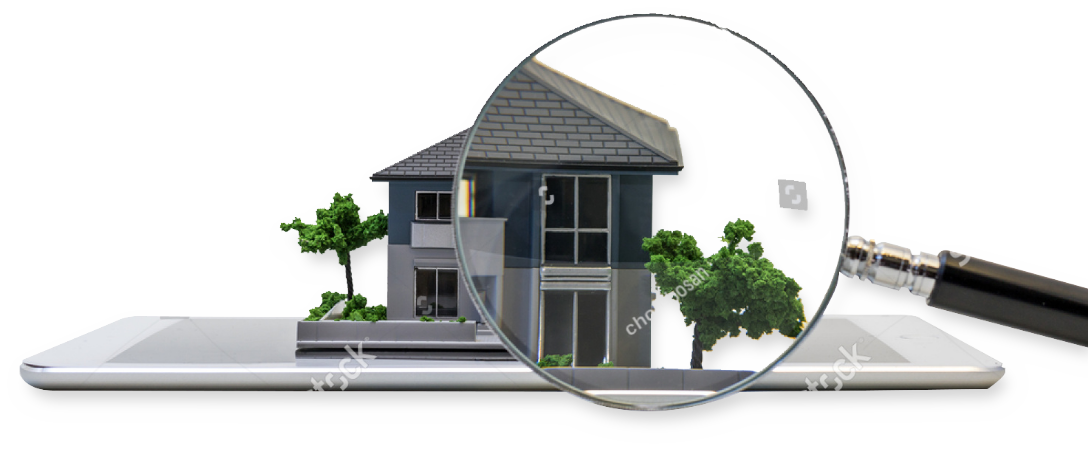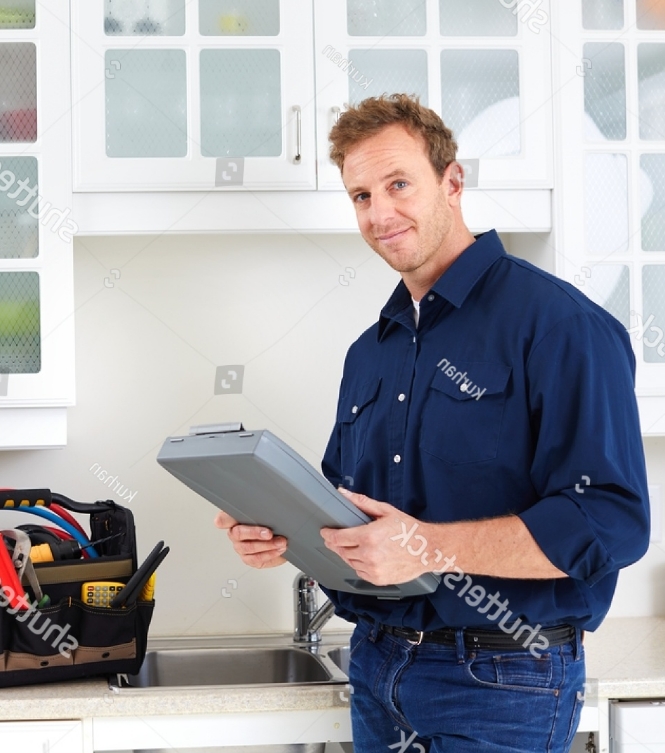Technology Meets Expertise
Our experienced technicians are trained to utilize the latest technology and techniques to locate the leak without tearing your property apart.

Our Services
What We Do Best
Service 1
Learn MoreService 2
Learn MoreService 3
Learn MoreService 4
Learn MoreService 5
Learn MoreEarly Detection Will Stop Damaging & Dangerous Situations!
Commercial And Residential Leaks
Concealed Plumbing System Leaks In Walls, Floors And Ground
Unknown Source Leaks
Water Service Line Leaks
Structural Leaks
Roof Leaks
Non-Destructive Detection Over 30 Years Experience
The Keys To Our Success
- Our expertise in home and building construction, combined with the training and experience in leak detection technology, allows us to deliver elite service levels for all of our customers.
- Our Technology includes thermal/infrared cameras, ultrasound listening devices and
non-invasive moisture meters to perform
non-destructive leak detection. - Insurance-friendly billing


